It’s OK To Not Decay! is Episode 5 (Season One) of the Death in the Afternoon Podcast.
Episode 5: It’s OK To Not Decay
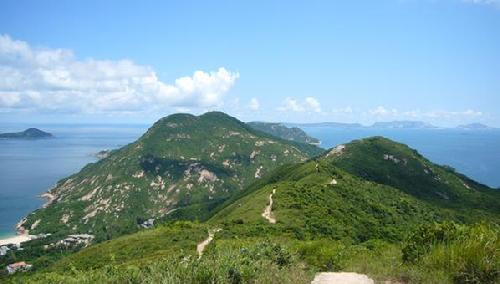
Ah, to die, to decompose, to become one with the earth. Most of us accept this as our fate. But what happens when that whole “decomposition thing” doesn’t go as planned? This week we discuss incorrupt corpses that inspire devotion, grant miracles, and just might help you to become a karate champion.
This isn’t a story about an incorruptible corpse, but it is a story about the corpse of a child that inspired devotion in Louise’s mother’s community when she was growing up. Here’s Louise with the story (tw: child death):
My mom grew up in the Wan Chai neighborhood of Hong Kong. Cutting through the neighborhood was a waterway called a nullah. The nullah guided water down the mountain that looms over Wan Chai; sometimes just a dribble, often times a torrent during typhoon season.
One rainy day (rainy days in Hong Kong can be monstrous) disaster struck. Some children were swimming in a pool high up on the mountainside, when a flash flood swept the smallest child over the edge and down the nullah where he drowned.
His little body came to rest where the nullah passed through the shops and vendors that populated the area. My mother, whose job it was to walk her younger siblings to school, passed the child lying in the nullah—the characters of the neighborhood surrounding him but unwilling to move his body. When my mother came home from school that evening the child, the “Nullah Baby”, was still there.
You see, nobody would move his body without the permission of the monks from a nearby temple, and for some reason they had not come to collect him yet.
The Nullah Baby stayed in the nullah for another whole day. People cried and gathered around him. Some just stared, others laid offerings. But life continued, swirling around the Nullah Baby’s corpse.
Finally, the Nullah Baby was moved and his remains cremated (so my mother says). A little shrine was arranged for him in the neighborhood temple and people from the community came out to pay their respects or just check out the Nullah Baby shrine.
But something interesting happened. The shrine stayed put for some time, my mother says years, and it became something of a pilgrimage site for people in Wan Chai and Hong Kong. People believed that the Nullah Baby would safeguard the lives of those threatened by water.
Wives would ask the Nullah Baby to bring their husbands safely back from sea. People would ask the Nullah Baby to protect their homes and children from the flooding and typhoons that plague Hong Kong. Mothers would even stop at the temple to ask the Nullah Baby to protect their children if they went swimming at the beach that day.
And most of all, the Nullah Baby protected other children from the nullah.
Memory of the Nullah Baby is mostly gone. The nullah is still there (though it doesn’t wind through the neighborhood as it once did), as is the temple, and a few plaques commemorating the accidents that happened around the nullah in the early and mid 20th century. I’ve found one mention of a drowned child.
But my mother remembers. She remembers the Nullah Baby in the water; she remembers being afraid; she remembers his shrine.
And she remembers the years where the Nullah Baby watched over Wan Chai.
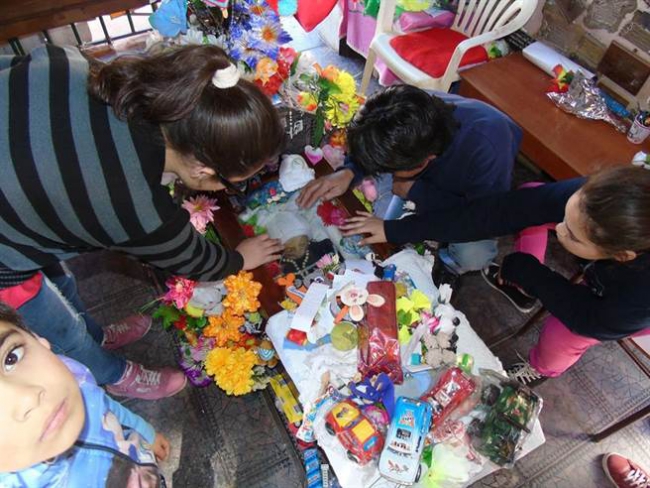
Miguelito, discussed in the first segment of this episode, with some visitors.
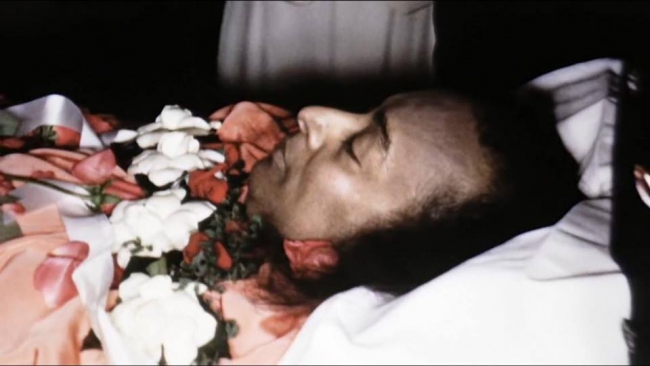
Above is a post mortem photograph of Paramahansa Yogananda, from Sarah’s segment, whose corpse was embalmed and cared for by Forest Lawn. Employees at the mortuary claimed that Yogananda’s corpse remained “in a phenomenal state of immutability.” This “miracle” (spoiler alert: it wasn’t), was cited at length in a letter from Harry T. Rowe, the acting Mortuary Director of Forest Lawn Memorial-Park Association at the time.
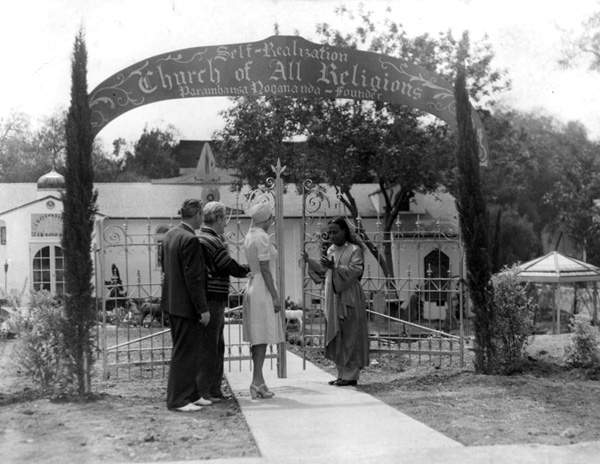
Yogananda welcoming visitors to his “Spiritual White House” in Mount Washington, CA.
Yoganada’s Self Realization Fellowship in Mount Washington still exists, but if you happen to be in or around Los Angeles, a trip to the SRF in Pacific Palisades just off the Pacific Coast Highway, is worth your time. The location features the Lake Shrine and is one of the most beautiful spots in the city.
Of course you can also visit Yogananda at Forest Lawn. He is interred in the Sanctuary of Golden Slumber in the Great Mausoleum. Followers often visit and meditate or do yoga in front of his crypt.
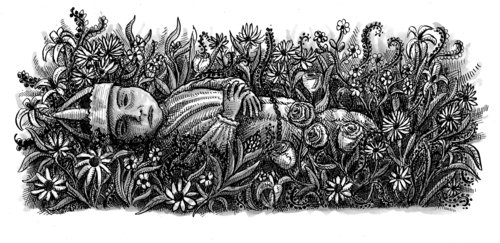
Illustration by Landis Blair, for Caitlin Doughty’s book, From Here to Eternity.
Hi again, Sarah here. This episode touches on several of my favorite subjects, Los Angeles and Forest Lawn history, corpse science, and angelitos. If you’ve read Caitlin’s book, From Here to Eternity (ahem, now available in paperback), you’ll already know how meaningful the of the beliefs and rituals surrounding angelitos have been for me.
One of the primary rituals that supports the mythos surrounding angelitos, is the dressing of the corpse. At death, the child is clothed in the guise of a carefully chosen religious figure; as they are believed to acquire the characteristics of the holy figure whose costume they wear. The appointed Godmother of the child was typically responsible for bathing the corpse and either making or providing the saint costume according to the parents’ preferences. Part of the reason this task is taken on by someone other than the mother is out of a desire to help her come to terms with and fully realize and accept the child’s transformation so, when she sees her child again, the visual representation of the child’s new role, now no longer a mortal, but a heavenly being, is realized.
These theatrical displays have given rise to a particular genre of art, both in painting and in photography. Angelito post mortem portraits serve as vignettes of a theatrical drama that once took place through the enactment of various rituals, reinforcing the belief of the transformation of the child into a heavenly being.
These post mortem photographs and portraits of angelitos are quite rare, butI am lucky enough the have a small collection of them myself, and they are by far my most beloved and cherished possessions. They are very different then the Victorian era postmortem portraits you are likely familiar with which often depict the subject as peacefully sleeping. In contrast, many of the angelito portraits are and theatrical and dramatic, featuring angelitos who are costumed, and often posed upright and depicted with props. I even have one with an infant holding the scales of justice in one hand and a small sword in the other.
Most of the portraits in my collection came from a dear friend who considered them to be like his “children,” and wanted to make sure they were passed on to someone who would care for them as much as he did. When I am at the end of my life, they will be passed on to another person, who will continue to care for them with love and reverence.
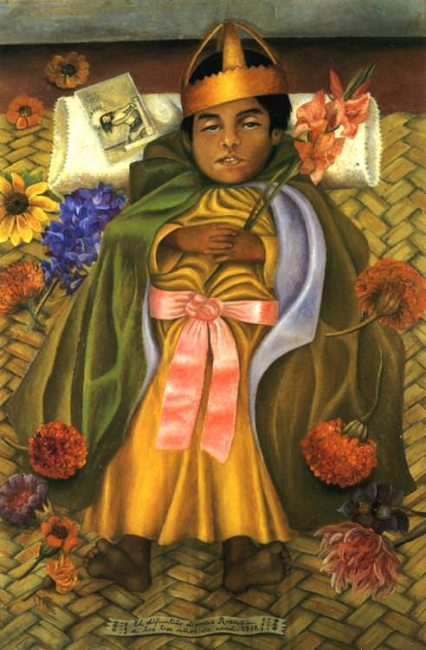
“The Deceased Dimas Rosas at 3 Years Old” by Frida Kahlo, 1937
Here is one example of a portrait painted by Frida Kahlo. The child was the Godson of her husband, Diego Rivera.
